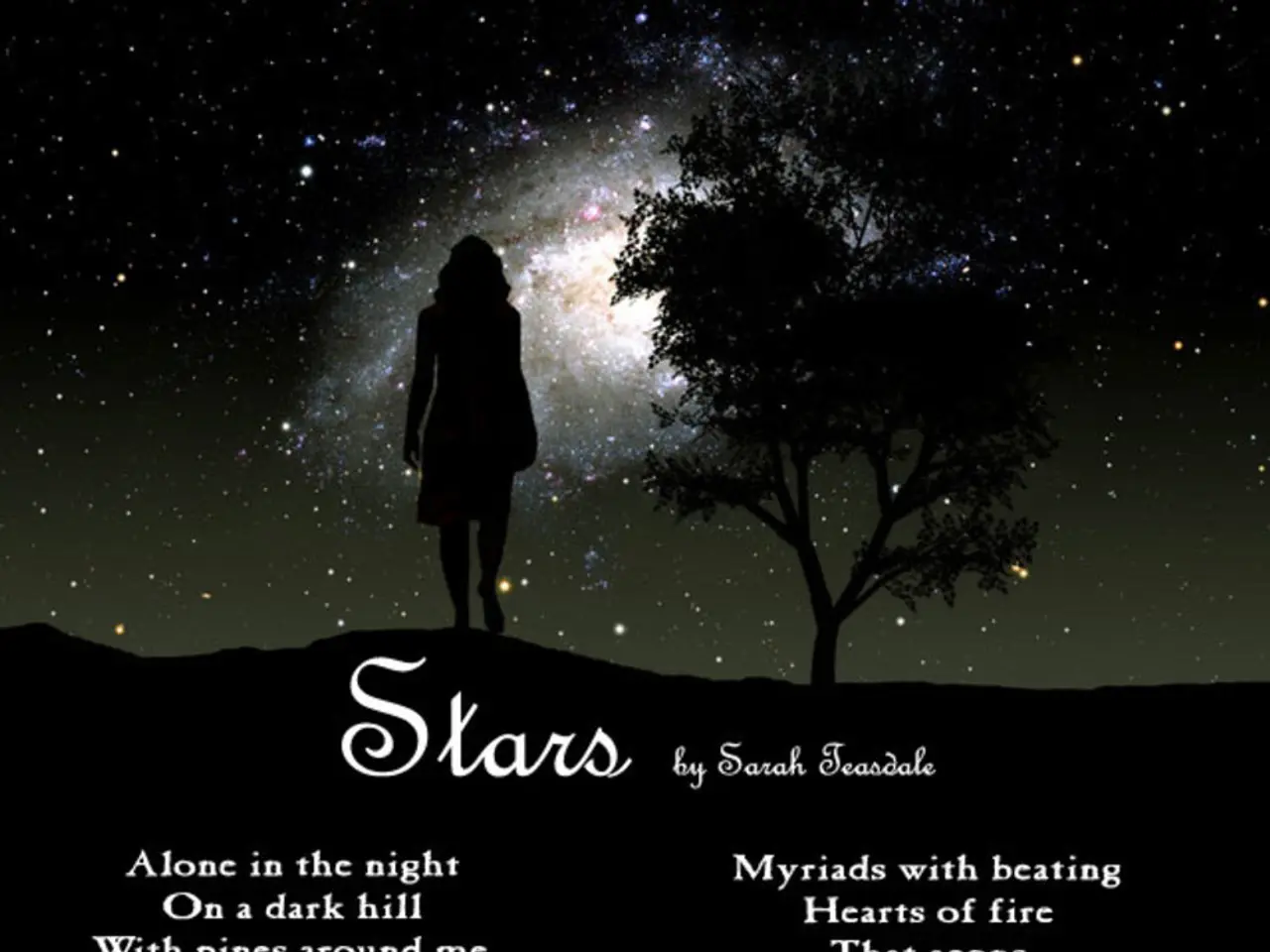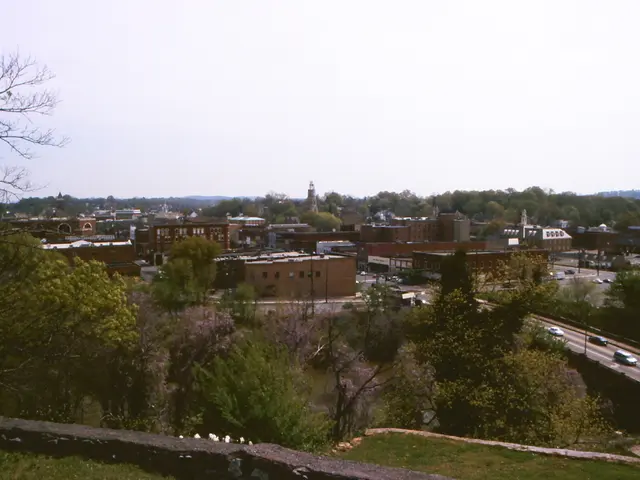Mapping Poetry throughout alluring natural landscapes to ignite awe:
In a captivating exploration of the intersections between nature, culture, and creativity, poetry mapping projects offer a unique way to engage with the natural world. Here's a step-by-step guide to help you embark on your own poetry mapping adventure:
**Steps to Start a Poetry Mapping Project**
1. **Conceptualize the Project**: Decide on the theme or focus of your project. This could range from exploring the biodiversity of a specific area to reflecting on the human relationship with nature. Choose a natural environment that inspires you, such as a forest, park, or coastal area.
2. **Gather Materials**: Bring along notebooks, pens, pencils, and any other writing materials you prefer. Consider using a camera or smartphone to document sights and sounds that inspire your poetry. A physical or digital map will also be useful for navigating and marking significant locations.
3. **Explore and Observe**: Spend time walking in the chosen environment. Observe the sounds, sights, and smells around you. Note down any moments or elements that inspire you, such as a unique tree, a bird's song, or a particular rock formation.
4. **Write Poetry**: Write poetry directly in response to what you observe. This could be haikus, free verse, or any form that feels natural. After your walks, reflect on your experiences and write more poems, exploring themes and emotions that emerged.
5. **Map the Poetry**: Use a mapping tool or app to geotag the locations where you wrote each poem. Mark the locations on a physical map where poems were written, noting the poem's title or a few lines.
6. **Share the Project**: Consider creating a blog or social media account to share your poems and the stories behind them. Invite others to join you in writing poetry in natural environments, fostering a community of nature-inspired poets.
7. **Collaborate with Other Artists**: Collaborate with musicians, visual artists, or photographers to create a multimedia project that combines poetry with other art forms inspired by nature.
**Example Activities** - Organize guided walks where participants write poetry in response to the environment. - Host readings in natural settings, using the environment as a backdrop for sharing poems.
**Inspirations and Resources** - Use natural elements like leaves, flowers, or stones to inspire your poetry themes or forms. - Explore projects like bio-feedback music with plants to see how nature can interact with art in unique ways. - Attend or organize workshops that focus on nature-inspired writing, such as the "Beyond Nature" workshop in Svalbard.
As you delve into your poetry mapping project, remember to acknowledge both positive and negative human influences, documenting conservation efforts alongside development impacts. Incorporate historical and cultural narratives to add deeper meaning to your poetry maps by layering stories from the past onto present landscapes.
By following these steps and drawing inspiration from the natural world, you can create a meaningful and engaging poetry mapping project. Happy exploring!
- As you delve into environmental-science, consider expanding your project to include the impacts of climate-change, discussing its effects on the natural world through poetry.
- To diversify your poetry mapping project, explore the intersection of art and technology, incorporating elements of data-and-cloud-computing and artificial-intelligence to create a unique, interactive, and informative experience.
- Fashion-and-beauty aficionados can contribute to the project by designing eco-friendly attire inspired by the landscape and flora, creating a wearable art collection for your poetry mapping events.
- For a nourishing touch, collaborate with local chefs and farmers to host food-and-drink events, showcasing seasonal ingredients sourced from the environment and the significance of sustainable practices in each recipe.
- After your poetry mapping adventure, continue your journey by crafting travel itineraries that emphasize eco-tourism and immersion in natural settings, offering a unique and mindful travel experience to others.





